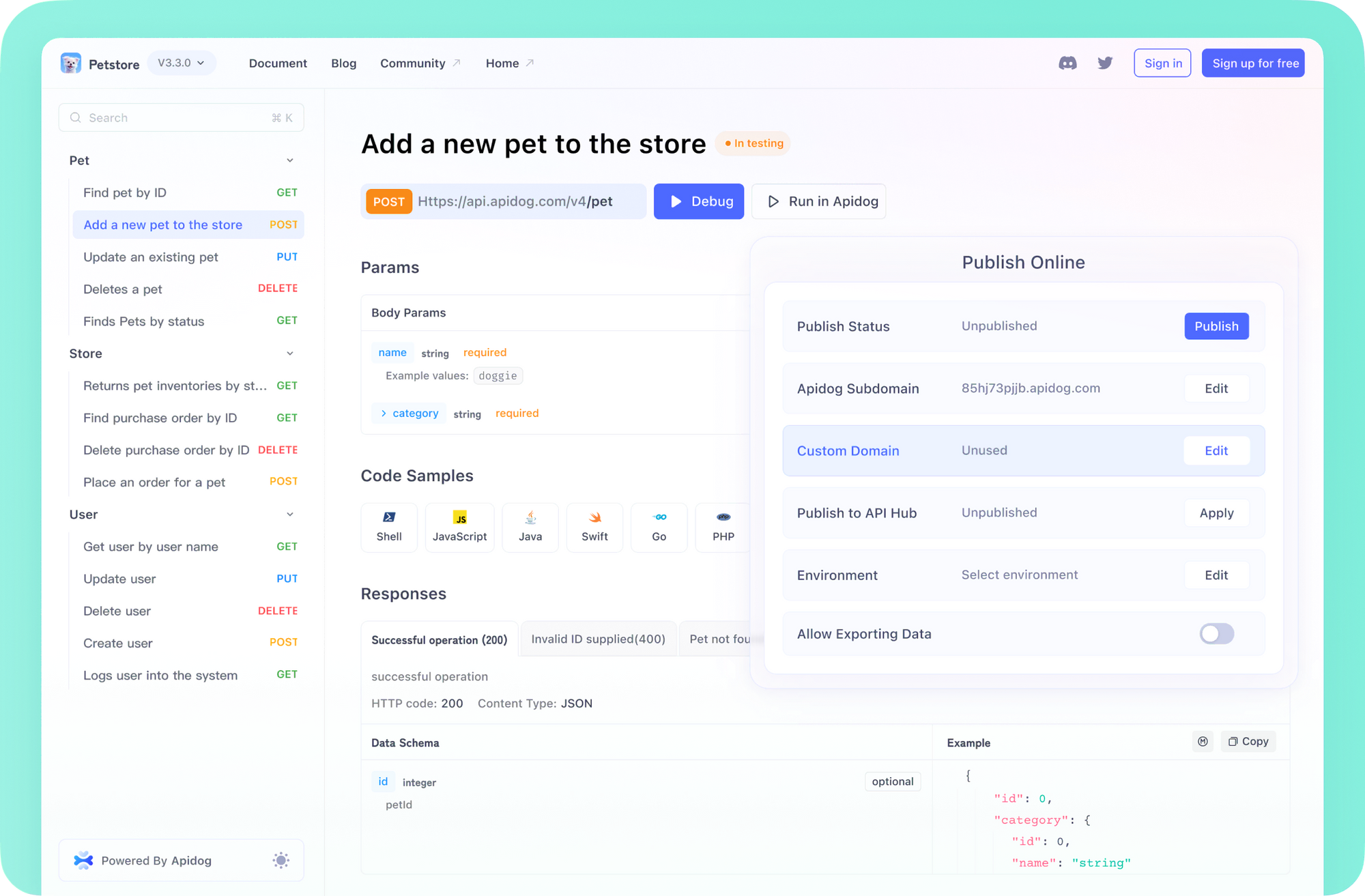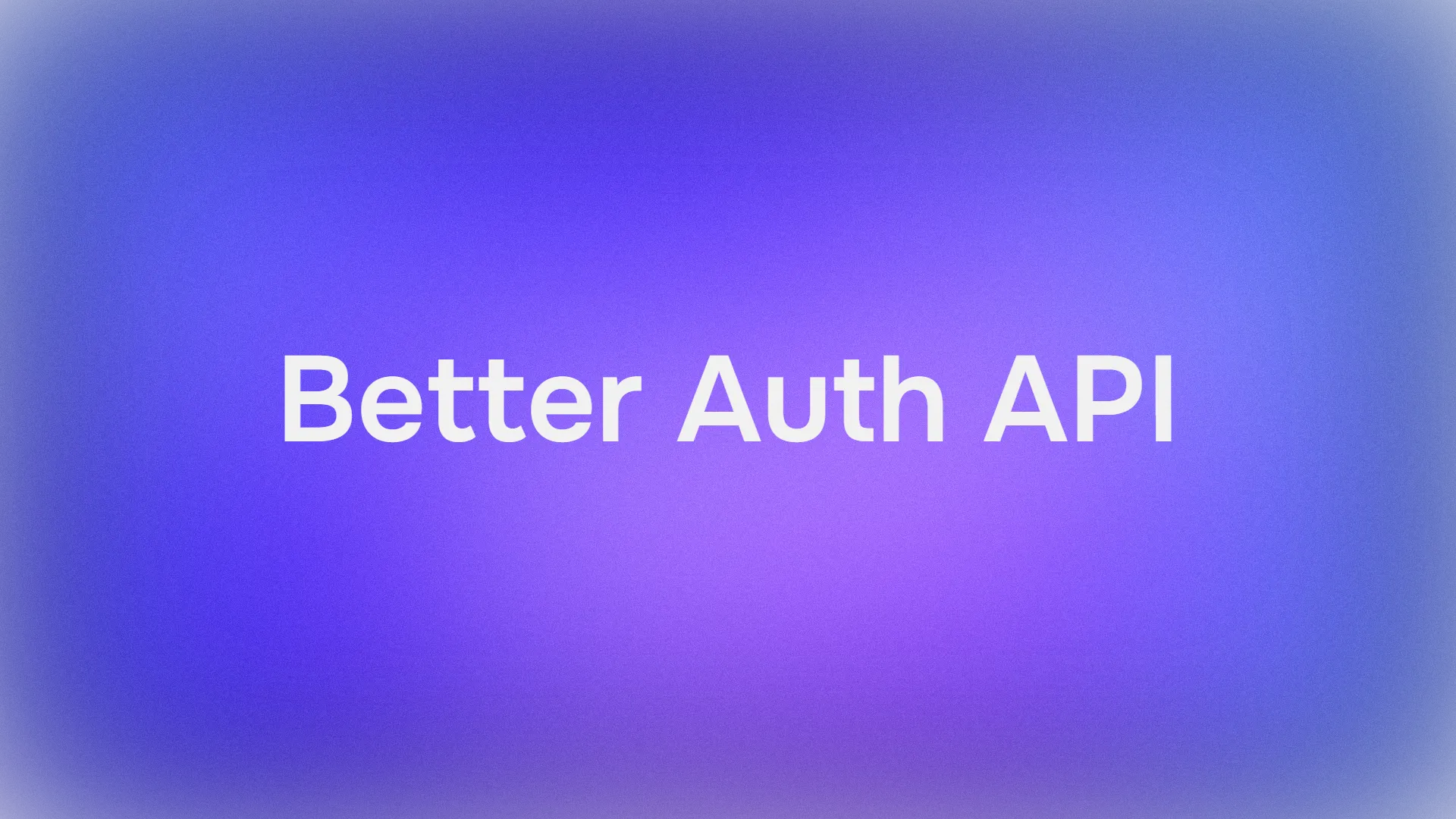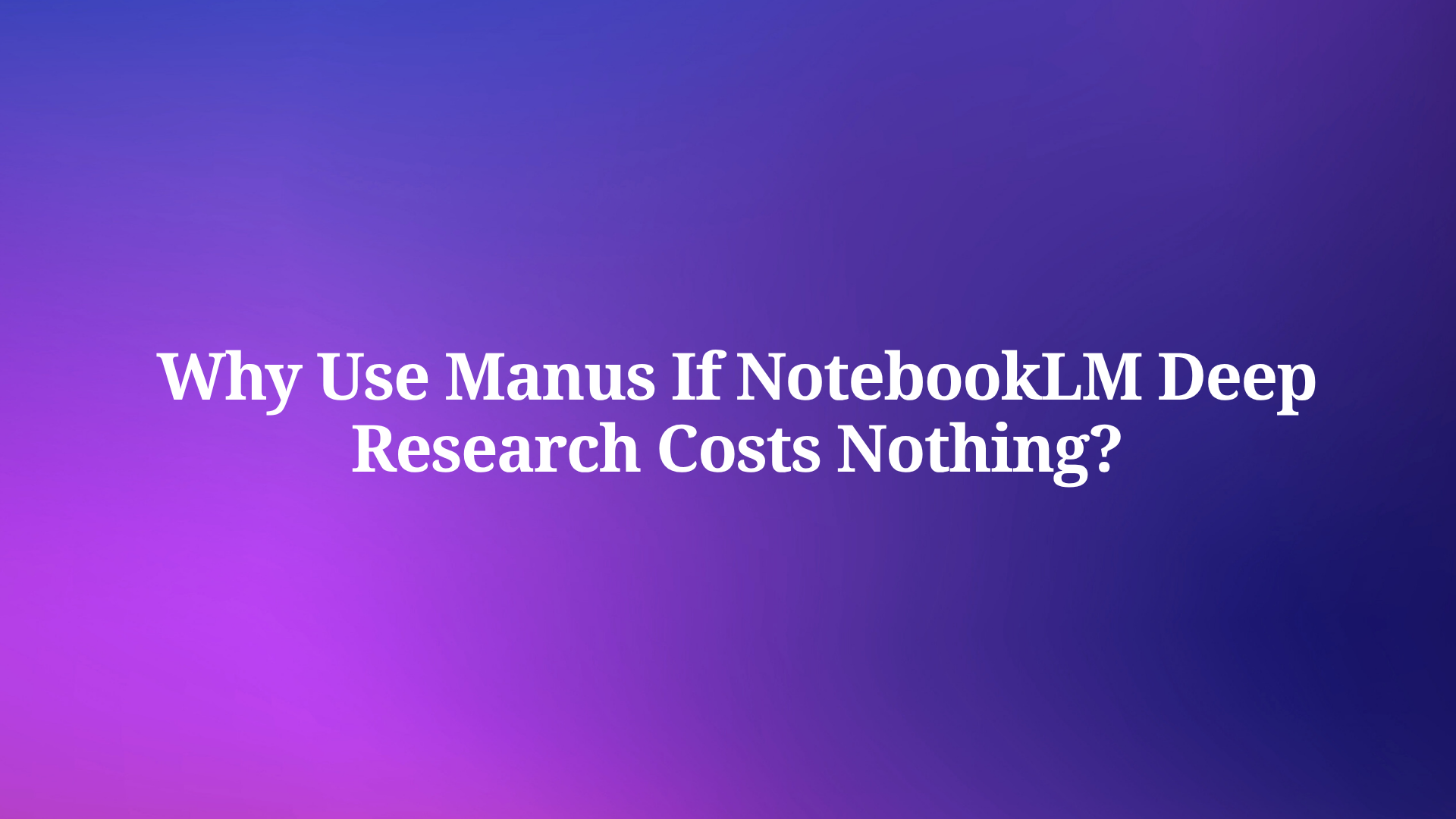The landscape of artificial intelligence is constantly shifting, marked by leaps in capability that redefine what's possible. OpenAI, a consistent force at the forefront of this evolution, has once again pushed the boundaries with the introduction of o3 and o4-mini. Heralded as their "smartest and most capable models to date," these new offerings represent not just an incremental upgrade, but a fundamental shift in how AI models reason, interact with information, and perceive the world.
Announced with considerable anticipation, o3 and o4-mini replace their predecessors (o1, o3-mini, o3-mini-high) across OpenAI's platforms. This transition signals a significant advancement, particularly in the integration of multimodal reasoning and the agentic use of diverse digital tools. For the first time, these models don't just process information; they actively think using a combination of text, images, code execution, web searches, and file analysis, creating a more holistic and powerful cognitive engine.
Want an integrated, All-in-One platform for your Developer Team to work together with maximum productivity?
Apidog delivers all your demands, and replaces Postman at a much more affordable price!

o3 and o4 mini: Integrated Reasoning and Agentic Tool Use
Perhaps the most groundbreaking aspect of o3 and o4-mini is their ability to agentically use and combine every tool available within the ChatGPT ecosystem. This suite includes:
- Web Search: Accessing and synthesizing real-time information from the internet.
- Python Execution: Running code to perform calculations, data analysis, or simulations.
- Image Analysis: Interpreting and understanding the content of uploaded images.
- File Interpretation: Reading and reasoning about the contents of various document types.
- Image Generation: Creating novel images based on textual or visual prompts.
Introducing OpenAI o3 and o4-mini—our smartest and most capable models to date.
— OpenAI (@OpenAI) April 16, 2025
For the first time, our reasoning models can agentically use and combine every tool within ChatGPT, including web search, Python, image analysis, file interpretation, and image generation. pic.twitter.com/rDaqV0x0wE
Previous models could often call upon individual tools, but o3 and o4-mini elevate this capability. They can now strategically select, combine, and utilize these tools within a single, coherent chain of thought to solve complex problems. Imagine asking a question that requires analyzing data from an uploaded spreadsheet, cross-referencing findings with recent online news articles, performing calculations based on that data, and then summarizing the results alongside a generated explanatory diagram. This level of seamless integration, where the model reasons through the tools rather than merely calling them, marks a significant leap towards more versatile and autonomous AI agents.
This integrated approach allows the models to tackle multi-step, multi-modal problems with unprecedented fluidity. It moves beyond simple question-answering towards complex task execution, where the AI can formulate a plan, gather necessary resources using its tools, process the information, and deliver a comprehensive solution.
"Thinking with Images": Beyond Perception to Cognition
Complementing the integrated tool use is another major innovation: the ability for o3 and o4-mini to incorporate uploaded images directly into their reasoning process – their "chain of thought." This is a profound evolution from merely "seeing" an image (identifying objects or extracting text) to actively "thinking with" it.
What does "thinking with images" mean in practice?
- Deeper Analysis: Instead of just describing a chart, the model can interpret the trends, correlate them with textual information provided alongside it, and draw conclusions based on the visual data.
- Contextual Understanding: Analyzing a photograph of a complex setup (like lab equipment or a DIY project) and providing step-by-step instructions or troubleshooting advice based directly on the visual evidence.
- Multi-Modal Problem Solving: Using a diagram or schematic as a core part of solving an engineering problem or understanding a biological process described in accompanying text.
- Creative Integration: Reasoning about the style, composition, or emotional content of an image to inform creative writing or generate related visual concepts.
This capability transforms images from passive inputs into active components of the AI's cognitive process. It allows the models to ground their reasoning in visual reality, leading to more accurate, relevant, and insightful outputs, especially for tasks involving real-world objects, diagrams, data visualizations, and complex scenes.
OpenAI o3 and o4-mini: What's the Difference?
While sharing core architectural advancements, o3 and o4-mini are positioned to serve different needs within the AI landscape.

OpenAI o3: The Flagship Powerhouse

OpenAI o3 stands as the pinnacle of the new lineup. It's engineered for maximum performance, setting new industry benchmarks across a wide range of demanding tasks.
- Strengths: o3 demonstrates leading-edge capabilities, particularly in complex domains like:
- Coding: Advanced code generation, debugging, and explanation across multiple languages.
- Math & Science: Solving complex mathematical problems, understanding scientific concepts, and assisting with research-level queries.
- Visual Reasoning: Excelling at interpreting intricate images, diagrams, and charts, leveraging the new "thinking with images" paradigm to its fullest extent.
- Positioning: As the most powerful reasoning model in OpenAI's arsenal, o3 is designed for users and developers tackling the most challenging problems, requiring deep understanding, nuanced reasoning, and state-of-the-art accuracy. It's the choice when performance is paramount.
OpenAI o4-mini: Smart, Swift, and Scalable
OpenAI o4-mini offers a compelling blend of intelligence, speed, and cost-efficiency. While o3 pushes the absolute limits of performance, o4-mini delivers remarkably strong capabilities in a package optimized for broader accessibility and higher throughput.
- Strengths: o4-mini provides robust performance, particularly impressive given its efficiency profile. It handles tasks in math, coding, and vision effectively, making it a highly capable general-purpose model.
- Speed & Cost: Its key advantage lies in its speed and lower operational cost compared to o3. This allows for significantly higher usage limits and makes it viable for applications requiring faster response times or operating under tighter budgets.
- Positioning: o4-mini is the workhorse model. It's ideal for applications demanding a balance between high intelligence and practical constraints like latency and cost. It's suitable for powering interactive applications, handling large volumes of requests, and providing capable AI assistance without the premium overhead of the flagship model.
o3 and o4 mini Benchmarks:

OpenAI's claims of superior intelligence are backed by rigorous benchmarking. While specific scores often fluctuate with new tests and refinements, the initial benchmarks released alongside the announcement highlight the significant advancements achieved by o3 and o4-mini.
(Note: The following reflects typical benchmark categories where leading models are evaluated. The exact performance details were provided in the model index page)
OpenAI presented benchmark results showing o3 achieving state-of-the-art performance on a wide array of standard evaluations:
- General Knowledge & Reasoning: Tests like MMLU (Massive Multitask Language Understanding) and HellaSwag often show significant gains, indicating improved comprehension and common-sense reasoning. o3 reportedly sets new highs in these areas.
- Graduate-Level Reasoning: Benchmarks like GPQA (Graduate-Level Google-Proof Q&A) test deep domain knowledge and reasoning. o3's performance here underscores its advanced capabilities.
- Mathematics: On benchmarks like MATH and GSM8K (Grade School Math), o3 demonstrates superior problem-solving skills, tackling complex mathematical reasoning tasks.
- Coding: Evaluations such as HumanEval and MBPP (Mostly Basic Python Problems) measure coding proficiency. o3 shows leading performance in code generation, understanding, and debugging.
- Vision Understanding: On multimodal benchmarks like MathVista (mathematical reasoning with images) and MMMU (Massive Multi-discipline Multimodal Understanding), o3 leverages its "thinking with images" capability to achieve top scores, significantly outperforming previous models.
o4-mini, while not always matching o3's peak performance, consistently scores highly across these benchmarks, often surpassing previous generation flagship models like GPT-4 Turbo (o1). Its performance is particularly noteworthy when considering its lower cost and faster inference speed, demonstrating exceptional efficiency. It establishes itself as a leader in the performance-per-dollar category.
These benchmarks collectively paint a picture of o3 as the new leader in raw capability across text, code, math, and vision, while o4-mini offers a powerful and highly efficient alternative that still pushes the boundaries of AI performance.

OpenAI's o3 and o4 mini Context Window:
A crucial factor in the usability of large language models is their ability to handle extensive context and generate detailed outputs. For o3 and o4-mini, OpenAI has maintained the impressive specifications established by their immediate predecessors:
- Context Window: 200,000 tokens: This large context window allows the models to process and reason over substantial amounts of information simultaneously. Users can input lengthy documents, extensive codebases, or detailed transcripts, enabling the AI to maintain coherence and understanding across large scopes of data. This is critical for complex tasks like summarizing long reports, analyzing intricate code, or engaging in extended, context-aware conversations.
- Maximum Output Tokens: 100,000 tokens: Complementing the large input window, the ability to generate up to 100,000 tokens in a single response allows for the creation of long-form content, detailed explanations, comprehensive reports, or extensive code generation without arbitrary truncation.
These generous limits ensure that both o3 and o4-mini are well-equipped to handle demanding, real-world tasks that require processing and generating significant amounts of text and code.
OpenAI o3, o4 mini API Pricing:

OpenAI has introduced distinct pricing tiers for the new models, reflecting their respective capabilities and target use cases. The pricing is typically measured per 1 million tokens (where tokens are pieces of words).
OpenAI o3 Pricing:
- Input: $10.00 / 1M tokens
- Cached Input: $2.50 / 1M tokens
- Output: $40.00 / 1M tokens
The premium pricing for o3 reflects its status as the most powerful model. The significantly higher cost for output tokens compared to input suggests that generating content with o3 is computationally more intensive, aligning with its advanced reasoning capabilities. The "Cached Input" tier likely offers cost savings when repeatedly processing the same initial context, potentially beneficial for certain application architectures.
OpenAI o4-mini Pricing:
- Input: $1.100 / 1M tokens
- Cached Input: $0.275 / 1M tokens
- Output: $4.400 / 1M tokens
The pricing for o4-mini is substantially lower than o3, making it a far more economical choice, especially for high-volume applications. Input tokens are nearly 10 times cheaper, and output tokens are also roughly 9 times cheaper. This aggressive pricing underscores o4-mini's role as the efficient, scalable option, delivering strong performance at a fraction of the cost of the flagship model.
This clear price differentiation allows users and developers to select the model that best aligns with their performance requirements and budget constraints.
Where to Use OpenAI o3 and o4 mini Now:
OpenAI is rolling out o3 and o4-mini across its various platforms and APIs:
ChatGPT Users:
- ChatGPT Plus, Pro, and Team users gained immediate access to o3, o4-mini, and a variant termed o4-mini-high (likely offering a performance point between mini and the full o3), replacing the previous o1, o3-mini, and o3-mini-high models in the selector.
- ChatGPT Enterprise and Edu users were scheduled to receive access approximately one week after the initial launch.
- Importantly, OpenAI stated that rate limits across all plans remain unchanged from the previous model set, ensuring a smooth transition for existing subscribers.
Developers (API):
- Both o3 and o4-mini became available immediately for developers via the Chat Completions API and the Responses API.
- The Responses API is highlighted as supporting features like reasoning summaries and the ability to preserve reasoning tokens around function calls (improving performance when using tools). OpenAI also noted that built-in tools like web search, file search, and code interpreter would soon be supported directly within the model's reasoning via this API, further streamlining the development of agentic applications.
Third-Party Integrations:
- The models quickly appeared in popular developer tools. GitHub announced the availability of o3 and o4-mini in public preview for GitHub Copilot and GitHub Models, allowing developers to leverage the new capabilities within their coding workflows.
- Cursor, another AI-powered code editor, also announced immediate support, initially offering o4-mini usage for free.
This phased but rapid rollout across user-facing products, developer APIs, and key partner integrations ensures that the benefits of o3 and o4-mini can be leveraged broadly and quickly.
Conclusion: A Smarter, More Integrated Future
OpenAI's o3 and o4-mini mark a pivotal moment in the evolution of large language models. By deeply integrating tool use and incorporating visual information directly into their reasoning processes, these models transcend the limitations of their predecessors. o3 sets a new benchmark for raw AI power and complex problem-solving, particularly excelling in coding, math, science, and visual reasoning. o4-mini, meanwhile, delivers a potent combination of intelligence, speed, and cost-effectiveness, making advanced AI capabilities more practical and scalable than ever before.
With their enhanced reasoning, expanded context windows, and broad availability, o3 and o4-mini empower users, developers, and researchers to tackle more complex challenges and unlock new frontiers of innovation. They represent not just smarter models, but a smarter way for AI to interact with the richness and complexity of the digital and visual world, paving the way for the next generation of intelligent applications and agentic systems. The era of truly integrated AI reasoning has arrived.
Want an integrated, All-in-One platform for your Developer Team to work together with maximum productivity?
Apidog delivers all your demands, and replaces Postman at a much more affordable price!



